What Does It Mean When War Hawks Say, ‘Never Trump’?
The 50 Republican national security experts who signed a letter saying Donald Trump “lacks the character, values, and experience to be president” hardly have the moral high ground. The group includes your basic list of potential American war criminals.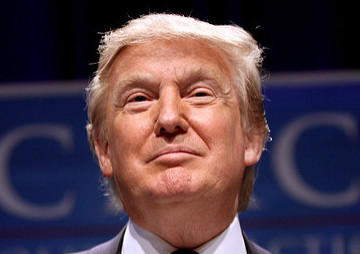 Donald Trump. What "moral authority" do his Republican national security critics have? (Gage Skidmore / CC BY-SA 2.0)
1
2
3
4
Donald Trump. What "moral authority" do his Republican national security critics have? (Gage Skidmore / CC BY-SA 2.0)
1
2
3
4

Donald Trump. What “moral authority” do his Republican national security critics have? (Gage Skidmore / CC BY-SA 2.0)
It’s not every day that Republicans publish an open letter announcing that their presidential candidate is unfit for office. But lately this sort of thing has been happening more and more frequently. The most recent example: we just heard from 50 representatives of the national security apparatus, men — and a few women — who served under Republican presidents from Ronald Reagan to George W. Bush. All of them are very worried about Donald Trump.
They think we should be alerted to the fact that the Republican standard-bearer “lacks the character, values, and experience to be president.”
That’s true of course, but it’s also pretty rich, coming from this bunch. The letter’s signers include, among others, the man who was Condoleezza Rice’s legal advisor when she ran the National Security Council (John Bellinger III); one of George W. Bush’s CIA directors who also ran the National Security Agency (Michael Hayden); a Bush administration ambassador to the United Nations and Iraq (John Negroponte); an architect of the neoconservative policy in the Middle East adopted by the Bush administration that led to the invasion of Iraq, who has since served as president of the World Bank (Robert Zoellick). In short, given the history of the “global war on terror,” this is your basic list of potential American war criminals.
Their letter continues, “He weakens U.S. moral authority as the leader of the free world.”
There’s a sentence that could use some unpacking.
What Is The “Free World”?
Let’s start with the last bit: “the leader of the free world.” That’s what journalists used to call the U.S. president, and occasionally the country as a whole, during the Cold War. Between the end of World War II and the collapse of the Soviet Union, the “free world” included all the English-speaking countries outside Africa, along with western Europe, North America, some South American dictatorships, and nations like the Philippines that had a neocolonial relationship with the United States.
The U.S.S.R. led what, by this logic, was the un-free world, including the Warsaw Pact countries in eastern Europe, the “captive” Baltic nations of Lithuania, Latvia, and Estonia, the People’s Republic of China (for part of the period), North Korea, and of course Cuba. Americans who grew up in these years knew that the people living behind the “Iron Curtain” were not free. We’d seen the bus ads and public service announcements on television requesting donations for Radio Free Europe, sometimes illustrated with footage of a pale adolescent man, his head crowned with chains.
I have absolutely no doubt that he and his eastern European countrymen were far from free. I do wonder, however, how free his counterparts in the American-backed Brazilian, Argentinian, Chilean, and Philippine dictatorships felt.
The two great adversaries, together with the countries in their spheres of influence, were often called the First and Second Worlds. Their rulers treated the rest of the planet — the Third World — as a chessboard across which they moved their proxy armies and onto which they sometimes targeted their missiles. Some countries in the Third World refused to be pawns in the superpower game, and created a non-aligned movement, which sought to thread a way between the Scylla and Charybdis of the U.S. and the Soviet Union.
Among its founders were some of the great Third World nationalists: Sukarno of Indonesia, Jawaharlal Nehru of India, Kwame Nkrumah of Ghana, and Gamal Abdel Nasser of Egypt, along with Yugoslavia’s President Josip Broz Tito.
Other countries weren’t so lucky. When the United States took over from France the (unsuccessful) project of defeating Vietnam’s anti-colonial struggle, people in the U.S. were assured that the war that followed with its massive bombing, napalming, and Agent-Oranging of a peasant society represented the advance of freedom against the forces of communist enslavement. Central America also served as a Cold War battlefield, with Washington fighting proxy wars during the 1980s in Guatemala, El Salvador, and Nicaragua, where poor campesinos had insisted on being treated as human beings and were often brutally murdered for their trouble. In addition, the U.S. funded, trained, and armed a military dictatorship in Honduras, where John Negroponte — one of the anti-Trump letter signers — was the U.S. ambassador from 1981 to 1985.
The Soviet Union is, of course, long gone, but the “free world,” it seems, remains, and so American officials still sometimes refer to us as its leader — an expression that only makes sense, of course, in the context of dual (and dueling) worlds. On a post-Soviet planet, however, it’s hard to know just what national or geographic configuration constitutes today’s “un-free world.” Is it (as Donald Trump might have it) everyone living under Arab or Muslim rule? Or could it be that amorphous phenomenon we call “terrorism” or “Islamic terrorism” that can sometimes reach into the “free world” and slaughter innocents as in San Bernardino, California, Orlando, Florida, or Nice, France? Or could it be the old Soviet Union reincarnated in Vladimir Putin’s Russia or even a rising capitalist China still controlled by a Communist Party?
Your support matters…Independent journalism is under threat and overshadowed by heavily funded mainstream media.
You can help level the playing field. Become a member.
Your tax-deductible contribution keeps us digging beneath the headlines to give you thought-provoking, investigative reporting and analysis that unearths what's really happening- without compromise.
Give today to support our courageous, independent journalists.
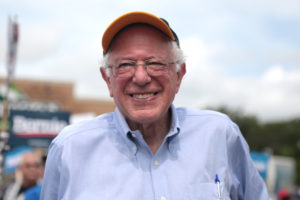
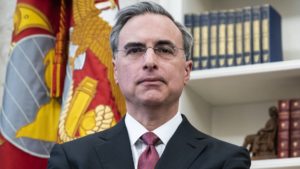
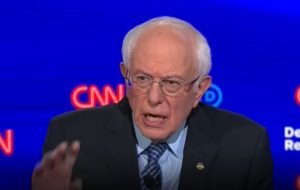
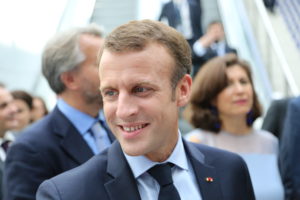
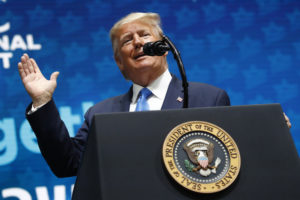
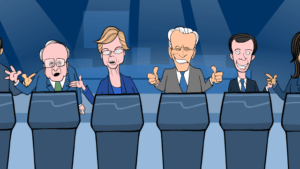


You need to be a supporter to comment.
There are currently no responses to this article.
Be the first to respond.